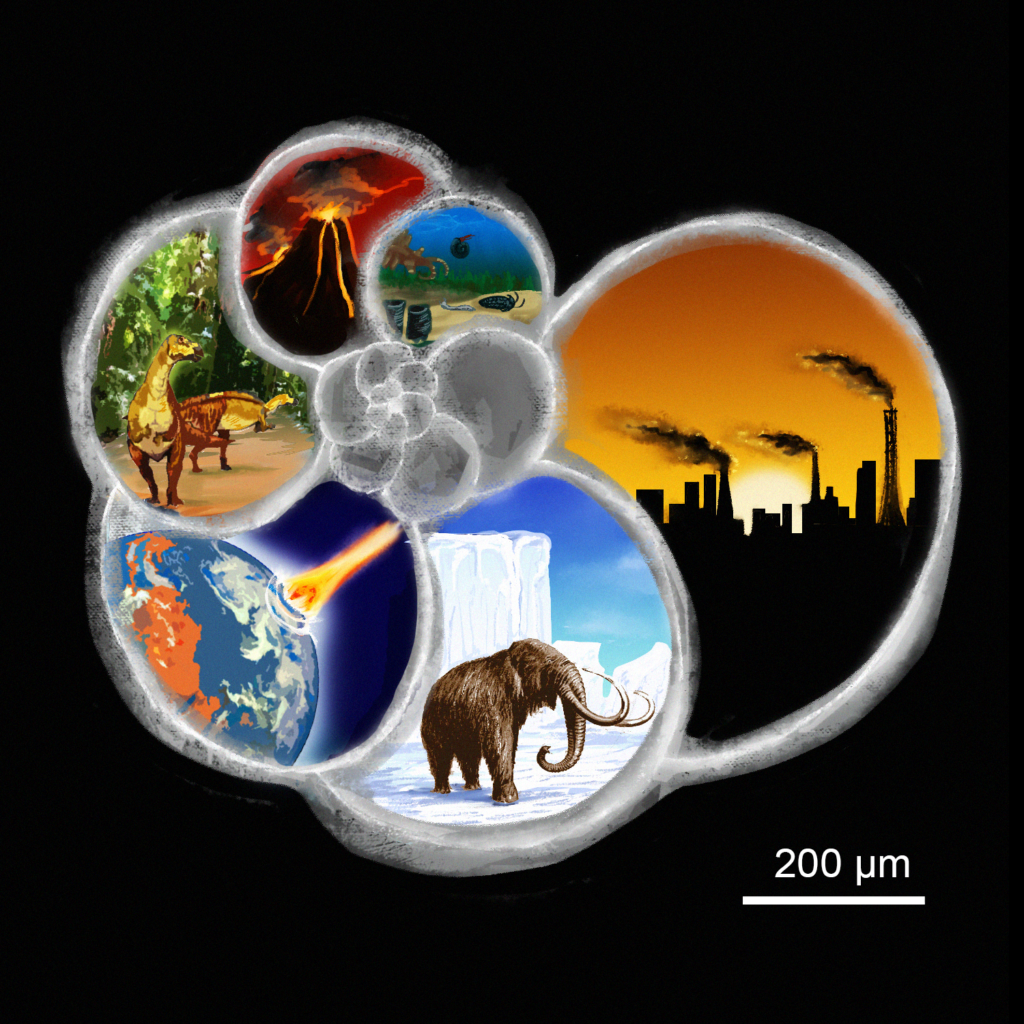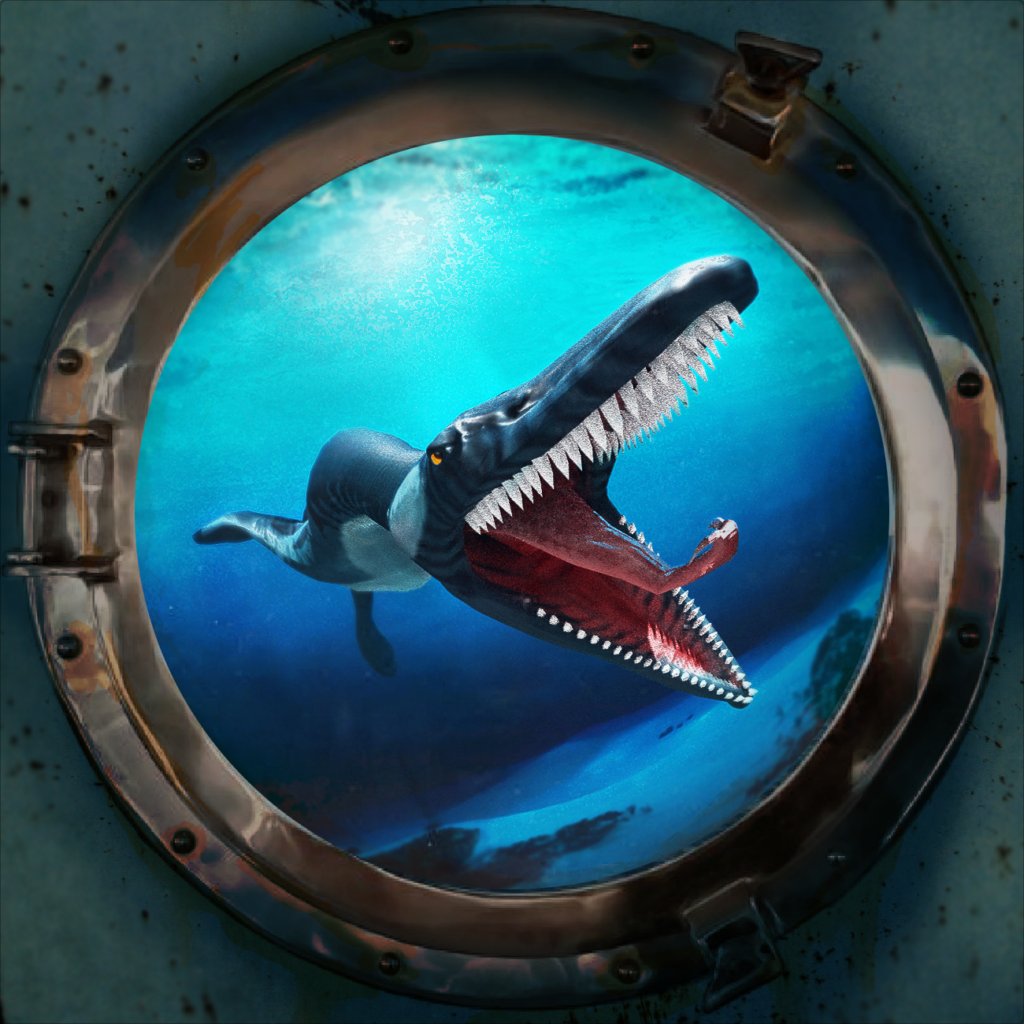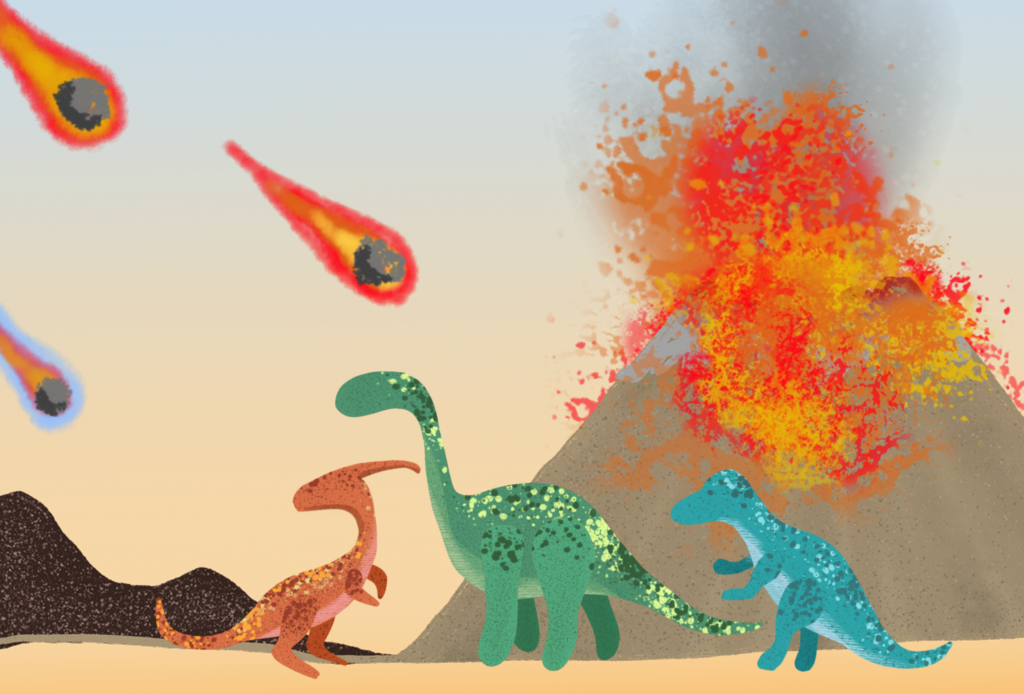Paleoceanography and Paleoclimatology
Fieldwork rocks: Tree rings of the Civil War
In the mid 1800’s, right before the start of the U.S. Civil War, North America began to experience unusually low rainfall that lasted approximately 10 years. This drought, on par with the Dust Bowl of the 1930’s, may have played a role in the near extinction of the American Bison due to the migration of people to areas that were lusher and more conducive to farming.
Read More16-Ice: Shells of an ice-less past
Brian Huber is a climate detective at the Smithsonian who grew up collecting arrowheads in the woods of Ohio, but now collects and studies fossils from sediment cores. Brian uses fossils of tiny organisms − foraminifera − to track climate over millions of years, including the Cretaceous Hot Greenhouse climate.
Read More11-Extinctions: Oddballs of the Triassic
Hans Sues is a fossil guy at the Smithsonian. Born in Germany, he has been all over the world finding and interpreting fossils for more than 40 years. His focus is on vertebrates – both in his professional work and his personal attachment to cats.
Read More8-Extinctions: The (Maybe) Cambrian (Not Really) Explosion
The Cambrian explosion is commonly labelled as the time in Earth’s history when animals suddenly appear. But research from geoscientist Rachel Wood and her team turns this explanation on its head.
Read More7-Extinctions: Dinosaurs, a Big Rock, and…Climate Change?
When you hear the word “extinction,” chances are you probably think of the extinction of the dinosaurs and a big rock. But did you know that there were other factors at play that lead to that extinction including volcanos and sea-level rise?
Read More




